5. Mr. Turner
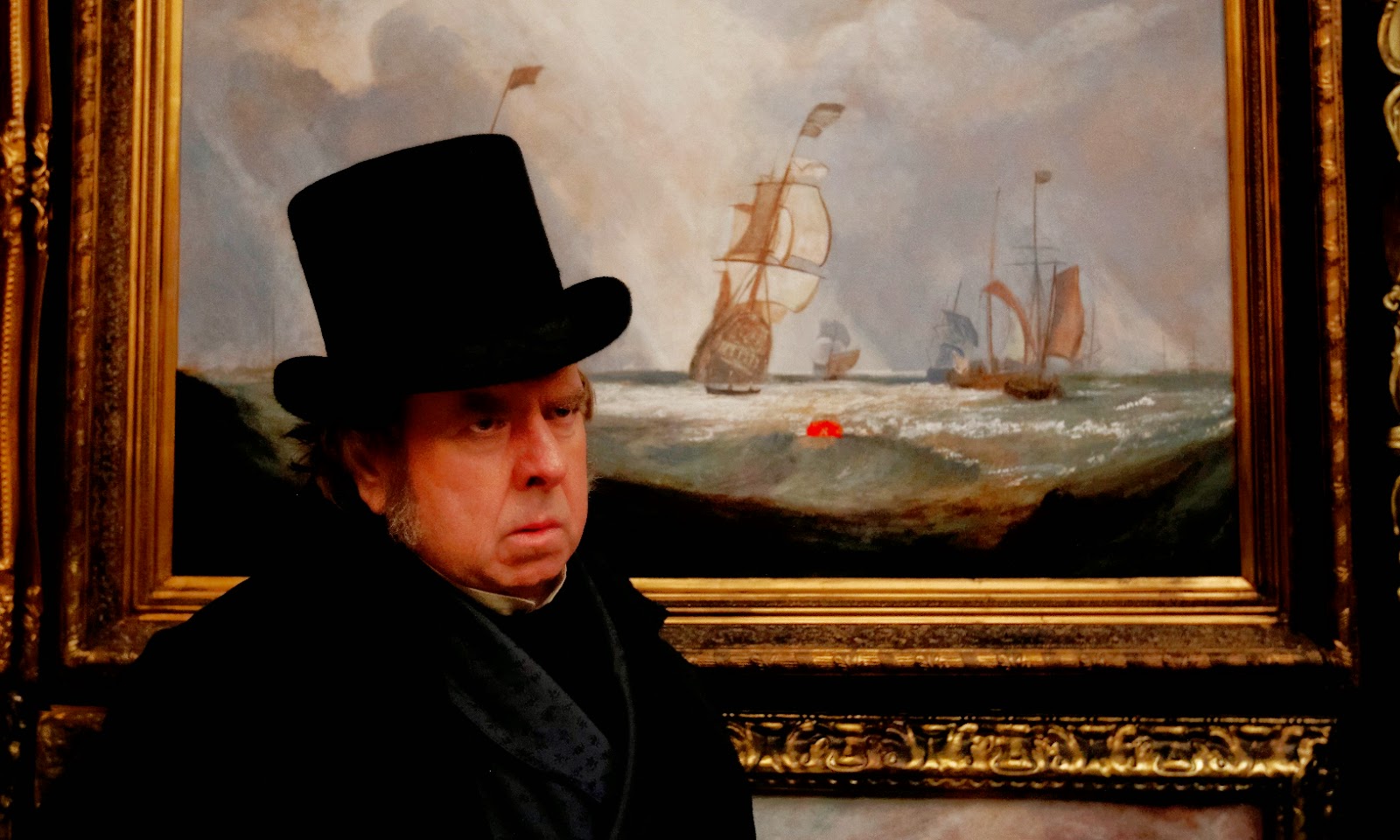
While beloved by critics, Mike Leigh’s intimate and honest biopic of painter J.M.W. Turner was loathed by many audience members – while 97 percent of critics loved it, only 56 percent of audience members felt the same.
It seems likely that the audience dislike for “Mr. Turner” lies in its brutal deconstruction of the artist myth, the loss of romanticism and the exposure of narcissism inherent in many of our most famous artists. This makes for sometimes uncomfortable viewing as Turner goes about his life, selfishly pursuing his own creative and sexual gratification, leaving those closest to him in emotional shambles.
But not liking the main character, based on a real historical figure, does not mean its portrayal is wrong. Leigh just stayed true to his roots and unflinchingly conveys the real person behind the mythological facade that many artists acquire over time. Timothy Spall probably gives his best performance yet (though even that is debatable considering his incredible repertoire) as Turner, an insecure man with an incredible talent, whose introverted nature stopped him from truly appreciating those closest to him.
The film spends a lot of time on Turner’s artistic eye, as he gazes on the wonderful scenery around him, created by the brilliant cinematographer Dick Pope who rightfully was nominated for an Oscar. Whether or not you like the subject matter, there’s no denying the aesthetic qualities of the film.
4. Cloud Atlas
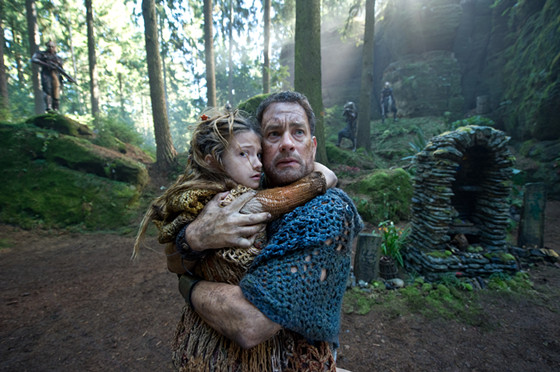
“Cloud Atlas” was destined to be divisive, to be ridiculed for being overly lofty and pretentious. The sheer concept alone will likely alienate many: an three-hour epic, with six different stories through different points in time, with an impressive ensemble cast playing different characters – and most notably, different ethnicities.
Each of these stories are also of a different genre: you have a romantic tragedy, a farcical comedy, a historical drama, a 70’s-style conspiracy thriller, and two futuristic stories, one being more action-packed and the other more meditative.
It’s noted for being the most expensive independent film of all time, costing around $100 million and sadly flopping at the box office. And while I usually don’t care that much about the financial returns of films, it’s unfortunate that this film wasn’t appreciated at the time.
While the Rotten Tomatoes score isn’t that devastating – it has a 66 percent on both the critic and audience side – it still deserves so much more. The result being that chances of seeing such expensive risks from filmmakers will be increasingly diminished.
Even so, its dedicated fan base includes Tom Hanks himself, who stated that this is one of the few films of his career that he’s seen more than twice. It’s a labor of love, an incredible commercial risk, and though it might not have earned its money back, it remains a special film for those who can open their hearts to it.
3. Killing Them Softly
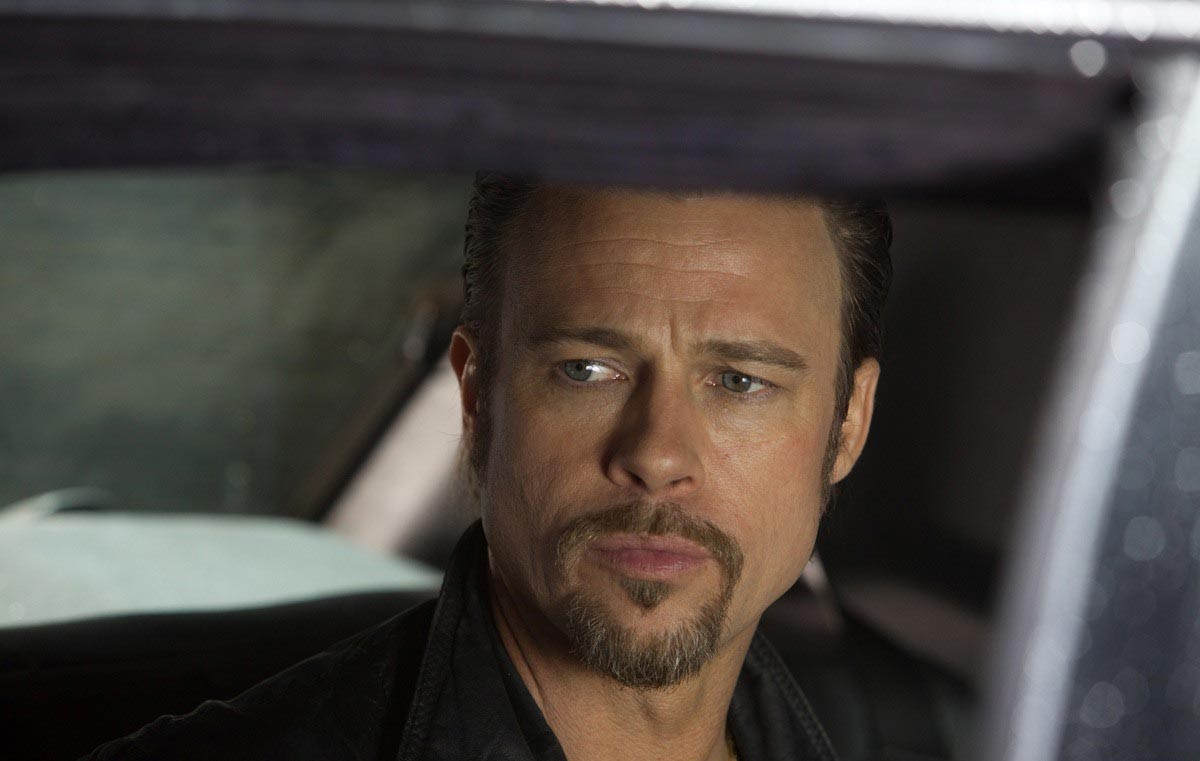
By 2012, audiences and critics alike had seen numerous alterations of talkative gangsters, who have the most mundane conversations as they engage in all manners of criminal activity. Quentin Tarantino popularized this trope and many filmmakers tried to copy this intriguing formula, sometimes to a rather painful degree. Unfortunately, people seem to forget that though Tarantino has his singular style, he wasn’t the one that invented this trope. It had existed long before him, in the literary traditions of Elmore Leonard and George V. Higgins. The latter wrote the novel, ”Cogan’s Trade,” on which ”Killing Them Softly” was based.
And perhaps people considered “Killing Them Softly” as just another recycled gangster film, but it’s so much more than that. Aside from being an a fairly faithful adaptation of the novel, it also received a modern subtext with regards to the financial crisis of 2008, which is brilliantly woven into a small-time crime story involving two thugs who rob a mob-connected card game.
There’s also the case of the perfectly assembled cast, starting with Brad Pitt, who’s never been cooler as the level-headed mob enforcer Cogan, The late great James Gandolfini plays an alcoholic hitman. Richard Jenkins plays a hapless intermediary between Cogan and his employers.
Scoot McNairy and Mendelsohn play the card game robbers, while Vincent Curatola, who’s most famous for playing the chain-smoking New York mobster Johnny Sack from “The Sopranos,” plays the secret brains behind the operation. Ray Liotta is both hilarious and tragic as a gangster who becomes an unfortunate scapegoat by the higher-ups. There’s is also a particular humorous appearance by Slain and a cameo from the late great Sam Shepard.
2. Hail, Caesar!
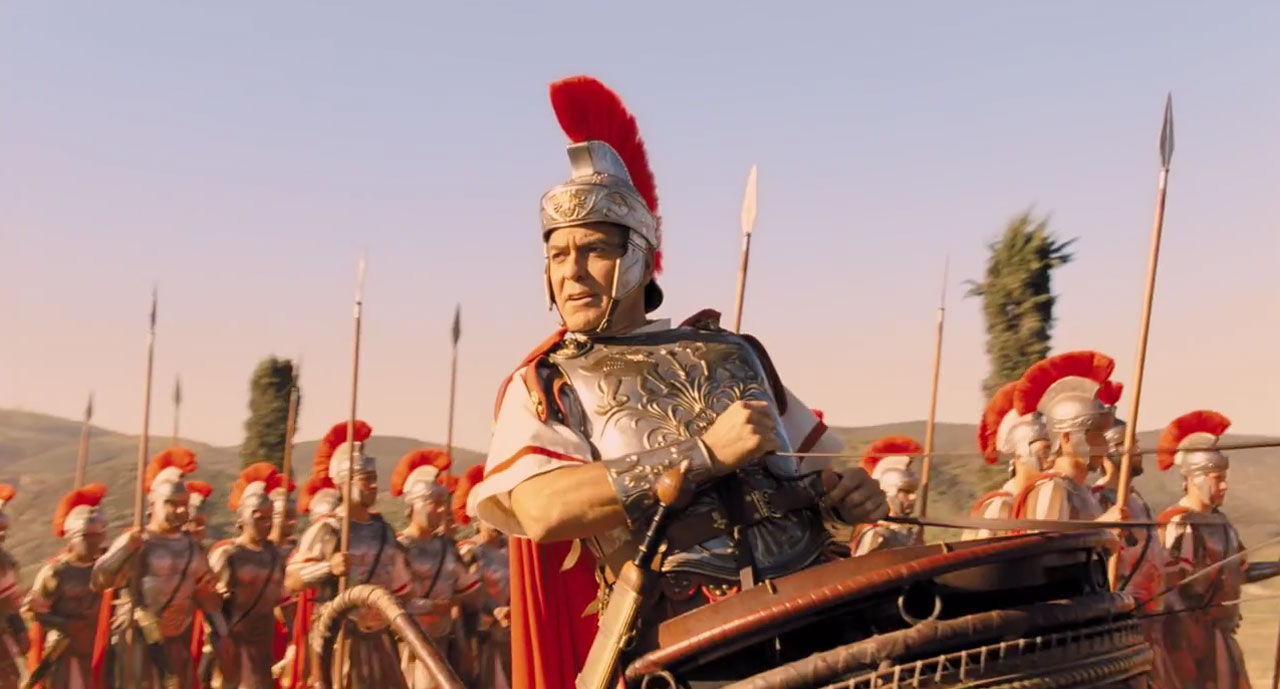
As filmmakers, you can’t have it better than the Coen brothers, who can practically do whatever they want. Before “Hail, Caesar!”, they made a character-driven period drama about a struggling folk singer; before that they made a remake of “True Grit”; and before that, they made an existential black comedy. And right now, their fans are eagerly awaiting their western Netflix miniseries called ”The Ballad of Buster Scruggs.”
“Hail, Caesar!”, on the other hand, is both a comedic farce about and a love letter to the supposed ‘golden age’ of Hollywood. It follows the exploits of Hollywood fixer, Eddie Mannix (Josh Brolin) as he deals with the various eccentric characters in the business; this includes a handsome young actor (Alden Ehrenreich) who has trouble saying his lines; a disgruntled posh film director (Ralph Fiennes); a famous actress (Scarlett Johansson) who discovers she’s pregnant; two sister gossip columnists (both played by Tilda Swinton); and most notably, a famous movie star (George Clooney) who gets kidnapped by a communist cell called The Future.
Aside from the main cast, the film is chock-full of joyous appearances from the likes of Frances McDormand, Channing Tatum, Jonah Hill, Clancy Brown, Christopher Lambert, Wayne Knight and Dolph Lundgren (whose appearance was unfortunately mostly cut out from the movie).
The film was derided for being smug, contemptuous and overly long but none of those claims makes any sense to me. This film was a joy from beginning to end, featuring the reliable Coen goofiness filmed beautifully by their ever-reliable cinematographer Roger Deakins.
1. Cosmopolis
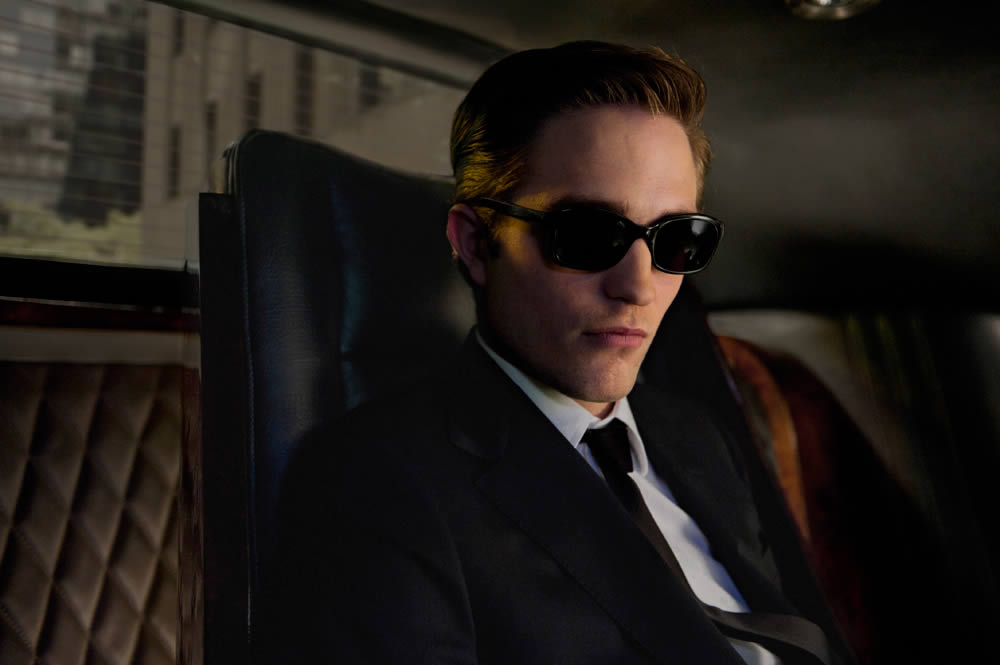
David Cronenberg had already shown in 1991 that he could adapt the unadaptable with William Burroughs’ ”Naked Lunch,” and once again with J.G. Ballard’s ”Crash,” so if there’s any filmmaker who could tackle one of Don Delillo’s fascinating dissections of American life, it would be him. ”Cosmopolis,” though not regarded as Delillo’s best work – anything past his mega-epic “Underworld” is regarded as minor in his vast bibliography – is still essential reading for anyone trying to grasp our postmodern zeitgeist.
Cronenberg adapted the screenplay and it is fairly faithful, though some scenes have been omitted – most notably a protest scene involving self-immolation which might have been cut out for budgetary reasons.
But the strange, mesmerizing and sometimes confusing dialog from the book is spoken on screen, sometimes verbatim. And it’s easy to see why most audience members would already be checked out: you either go with it or you’re going to be lost. If you go with it, you’ll be in for a cinematic treat as you follow billionaire Eric Packer (a superb performance from Robert Pattinson who is on screen almost every minute) in his luxurious limousine as he goes down the rabbit hole of self-destruction.
The ridiculous 31 percent audience score should be ignored. This is not a movie made to please the masses. It’s slow, seemingly aimless, meditative, and filled with more questions than answers. It’s a rewarding experience for those who are willing to do the work. It’s pure unbridled Cronenbergian madness.